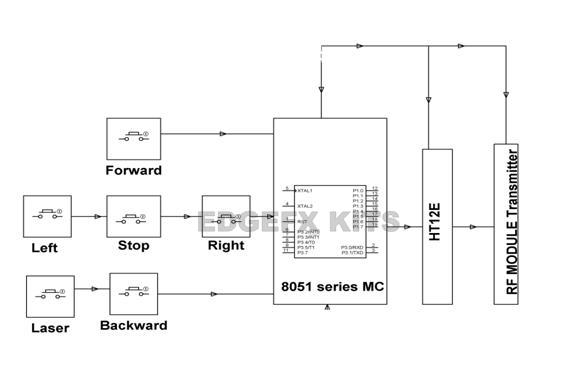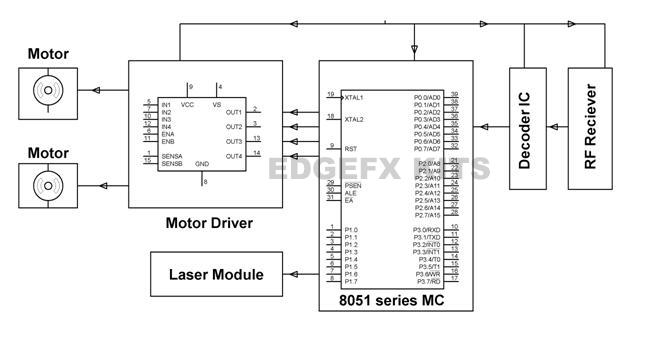RF refers to the frequencies that fall
with in the electromagnetic spectrum associated with radio wave
propagation. RF current creates electromagnetic fields when applied to
an antenna that propagate the applied signal through space.
Electromagnetic wave based communications have been utilized for many
decades especially for wireless voice communications and data
communications. The frequency of RF signal is inversely proportional to
the wavelength of the field. The rate of oscillation for the radio
frequencies is in the range about 30 KHz to 300 GHz.
RF waves that have been modulated to
contain information are called RF signals. These RF signals have some
behaviors that can be predicted and detected and they can interface with
other signals. Antennas must be used for receiving the radio signals.
These antennas will pick up more number of radio signals at a time. By
using radio tuners particular frequencies can be picked up. There are
some free bands available which are used for remote controlling
applications. These are also called ISM (Industrial, Scientific and
Medical) bands. The most attractive frequency band is 434 MHz.
The payload data needs to be modulated
on the RF carrier. Two simple modulation techniques Amplitude shift
Keying (ASK) and Frequency shift keying (FSK) are popular for this. For
power consumption reasons, ASK is mostly implemented as ON-OFF keying
(OOK). The challenge is finding an antenna design or concept which
represents a perfect compromise between cost and performance. A clear RF
design is necessary for meeting regulations.
Bidirectional links for RF Remote Control:
High end remote controls may be used
based on bidirectional RF links. In addition to the link for remote
controller to the controlled device there is an additional link
backwards from device to controller. This backward link may be used for
securing the robustness of the remote link by using handshake protocols
and giving feedback to the user. Bidirectional RF links are implemented
using RF transceiver ICs which include an RF receiver and RF transmitter
sharing one single PLL and one single antenna.
Protocols for RF Communication:
For improved robustness of the RF link
Cyclic Redundancy Check (CRC) values are often generated and transmitted
as part of the frame. The receiver may clearly identify any bit errors
by recalculating the CRC values of the received data frame and compared
with the one generated before transmission. The transmitter’s battery
charging level may be signalized with a complete 4-bit or 8-bit data
field representing the measured battery voltage. The systems allow one
way communication between two nodes namely transmission and reception.
The RF modules have been used in
conjunction with a set of four channel encoder and decoder ICs. HT-12E
and HT-12D or HT-640 and HT-648 are the most commonly used encoders and
decoders respectively in RF communication. The encoder is used for
encoding transmission data while reception is decoded by
decoder. Encoder will be used for transmitting the data serially instead
of sending parallel. These signals are serially transmitted through RF
to the reception point. Decoder is used for decoding the serial data at
the receiver and coverts as parallel data.
Applications of RF Communication
RF communication mainly used for
wireless data, voice transfer applications, and home automation
applications, remote control applications and in industry oriented
applications.
For example, in home automation
applications we can use RF controlled switches instead of conventional
switches. For this purpose a RF remote can be used for controlling
lights and other devices without moving to other places. This
application is mostly useful for physically handicapped people. In
industry oriented applications for controlling robots and vehicles RF
communication can be used. The robot vehicles are generally used in
risky operations which can’t be performed by humans. For this a
transmitting unit is needed for controlling the robot vehicles movement.
Because of many reasons transmission
through RF is better than IR (infrared). Firstly signal through RF can
travel larger distances making it suitable for longer range
applications. IR mostly operates in line of sight mode, but RF signals
can travel even when there is an obstruction between transmitter and
receiver. RF transmission is having high reliability than infrared
remote communications. RF communications use a specific frequency, but
IR will not use specific range and they will affected by other IR
emitting sources.










No comments:
Post a Comment